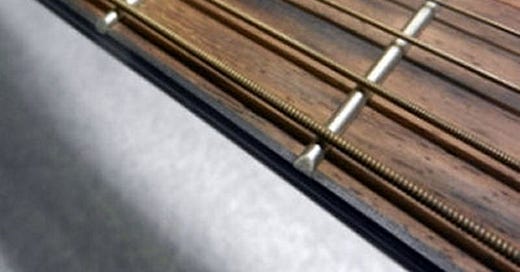What are "short" chords?
Substitution, Melody and Harmony chords. [Intermediate Beginner Lesson]
Thank-you for taking the time to read this article. I am grateful that you have subscribed to my newsletter. Even though my SubStack SoundHole Music Newsletter is free, my work in writing these helpful and informative guitar lessons, along with many other interesting articles on music, is completely supported by my you - paying subscribers. It's pretty …
Keep reading with a 7-day free trial
Subscribe to SoundHole Guitar Lessons to keep reading this post and get 7 days of free access to the full post archives.





